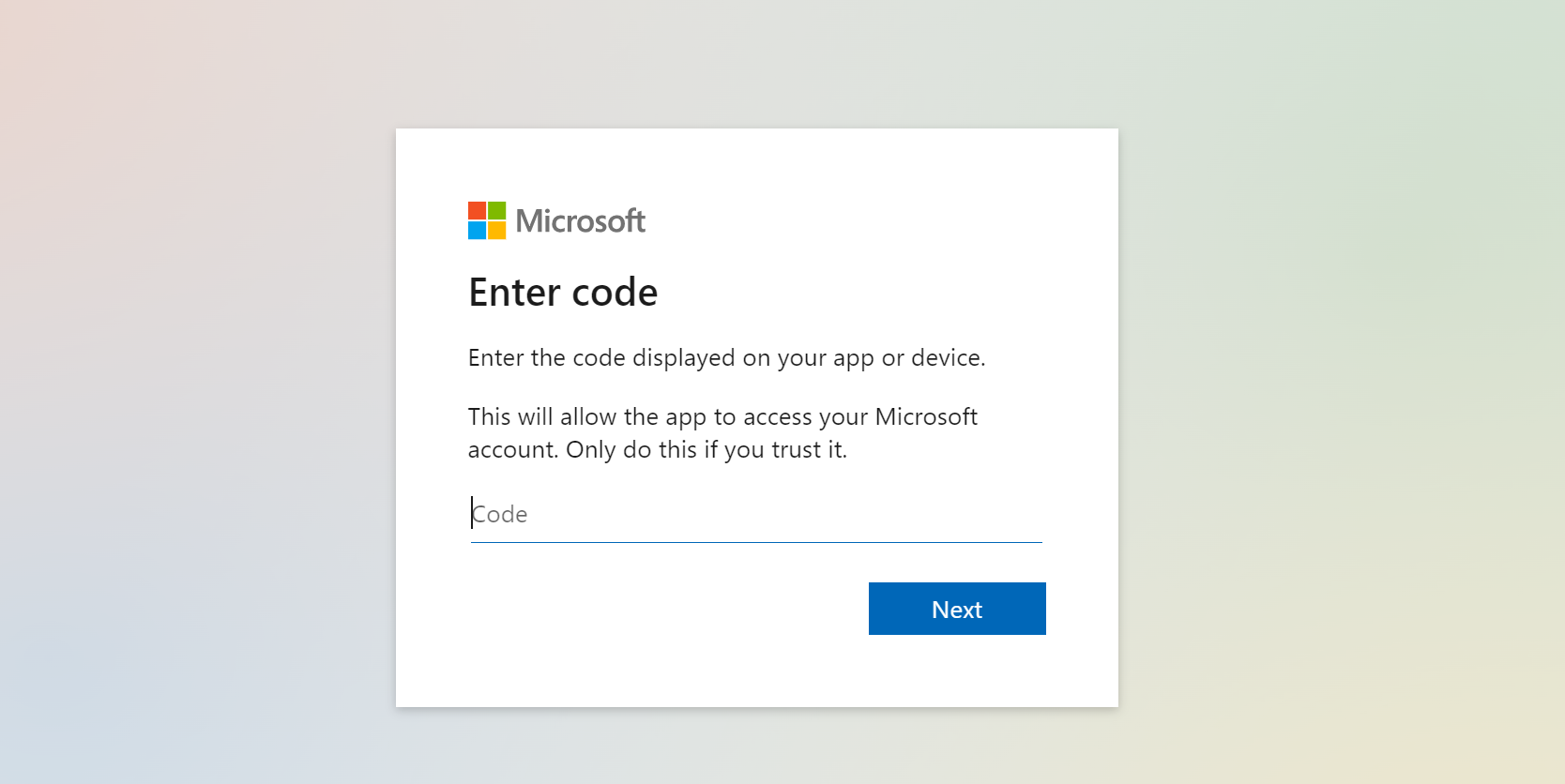
What Should You Know Before Installing a Split System Air Conditioner?
A split system air conditioner can be a fantastic addition to your home, providing effective cooling and heating while saving energy. Ideal for those who want to control the temperature in specific rooms, split systems are easy to operate and offer a versatile solution for year-round comfort. But before you jump into the installation process, there are some essential points to consider. From choosing the right unit size to understanding installation requirements, here’s what you need to know to make a well-informed decision.
Table of Contents
1. Assess Your Cooling and Heating Needs
Before you choose a split system, it’s good to check your space’s heating and cooling needs. Room size, insulation, and window placement all matter and can affect how well your air conditioner works. Larger rooms need units with higher cooling power, while smaller rooms often do fine with compact systems.
Knowing your room size and needs helps a lot. It guides you in picking the right unit capacity, usually measured in kilowatts (kW). Most manufacturers offer room size guidelines to help with this. This ensures your system keeps a stable temperature without overworking.
2. Choosing the Best Location
Location is crucial for ductless air conditioners. If possible, choose a central wall for the indoor unit so that airflow can reach all parts of the room. Avoid placing it near heat sources, like ovens or direct sunlight, as these can reduce cooling efficiency. Positioning the unit higher on the wall usually works best, as it helps cool air spread evenly.
For the outdoor unit, find a well-ventilated spot with some shade. Avoid placing it directly under the sun. Keeping it away from windows helps reduce noise. Make sure there’s space around it for airflow and easy maintenance access.
3. Understanding the Installation Process
Installing a split system isn’t a DIY job. It requires special tools and skills. A professional will need to secure both indoor and outdoor units. They’ll connect them with refrigerant piping and electrical wiring. Proper installation is key for efficiency and longevity. Hiring a licensed technician is best to ensure it’s done right.
Ask your installer about the best setup for your home. They’ll ensure the system is efficient and safe. Poor installation can lower efficiency, increase energy costs, or even void warranties. So, getting professional help is worth the cost.
4. Check Energy Efficiency Ratings
Energy efficiency is an essential factor to consider for any cooling or heating system. A ductless air conditioner’s energy efficiency rating, or star rating, gives insight into its power consumption and long-term cost savings. Units with a higher star rating consume less power, leading to lower energy bills.
Many modern split systems use inverter technology, which adjusts the compressor speed according to room temperature. This technology allows the system to run more smoothly, maintain consistent temperatures, and use less energy than traditional systems. Choosing a high-efficiency unit will save on electricity bills and reduce your environmental footprint.
5. Evaluate Noise Levels
Noise levels can significantly impact your comfort, especially if you plan to install a split system in a bedroom or study. Indoor units are generally quiet, but checking the decibel (dB) rating ensures the unit won’t be disruptive. The outdoor unit is typically louder, but choosing a quieter model and positioning it away from bedrooms and living spaces can help minimise noise.
Modern split systems are designed with noise reduction features to ensure minimal disruption, making them suitable for noise-sensitive areas. Look for specifications outlining the noise level for indoor and outdoor units so you know what to expect regarding sound.
6. Budgeting for Installation and Running Costs
Although split systems are affordable, budgeting for the initial purchase and installation is crucial. Installation costs vary based on setup complexity, so getting a professional quote helps. Additionally, it factors in long-term expenses, such as electricity, maintenance, and occasional repairs. Choosing an energy-efficient model can help reduce these ongoing costs, making it easier to manage your budget over time.
7. Future Expansion Possibilities
If starting with one unit, consider future needs. Some split systems support multi-split configurations, allowing you to add more indoor units to one outdoor unit. This setup is convenient for expanding to other rooms over time, providing flexibility for changing home needs.
A split system air conditioner offers effective, flexible cooling and heating. By considering key factors like size, efficiency, and maintenance, you’ll ensure your system maximises comfort, saves energy, and enhances air quality year-round.





